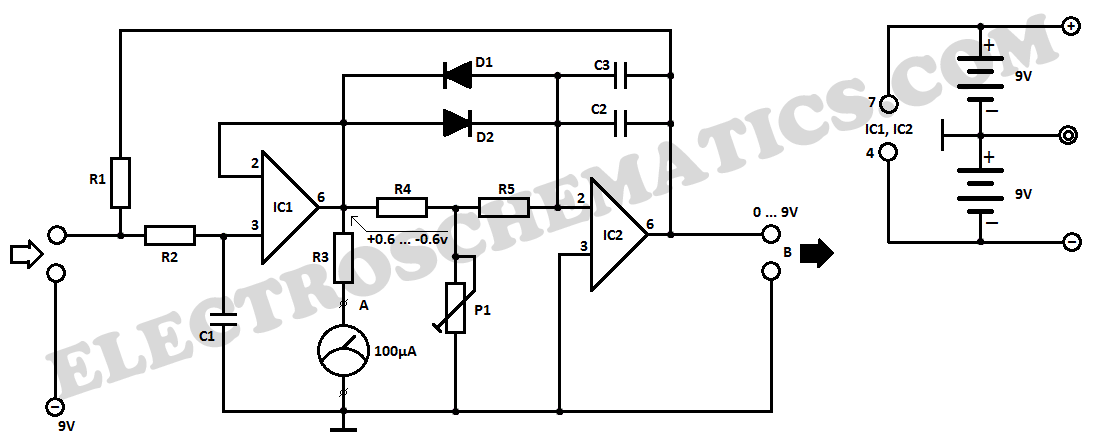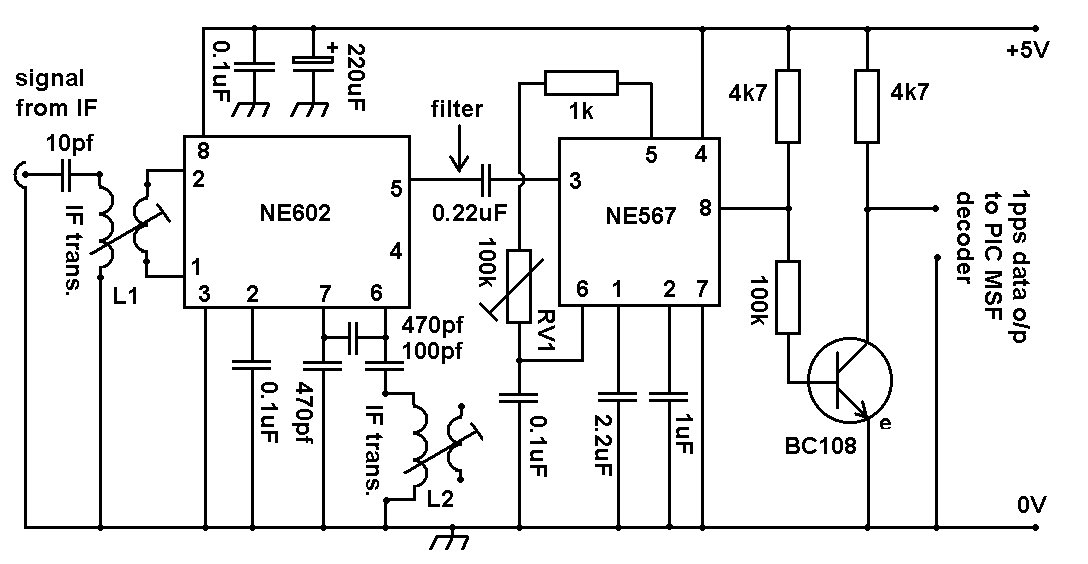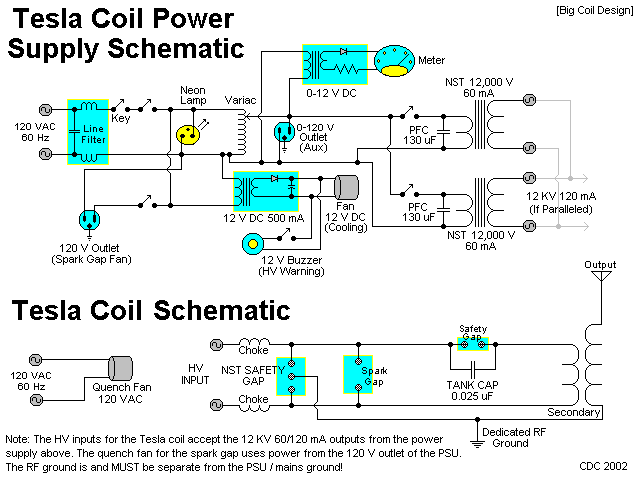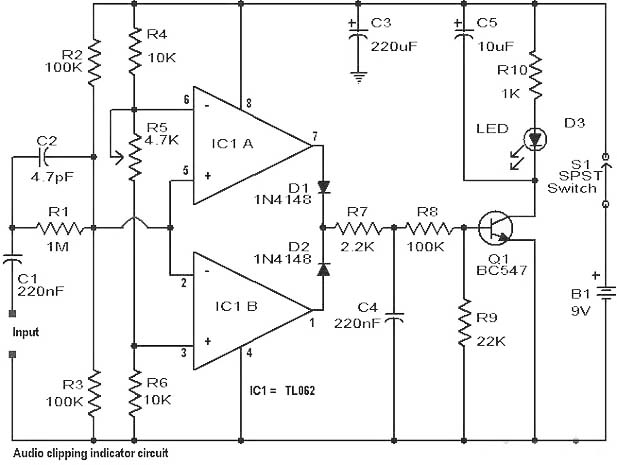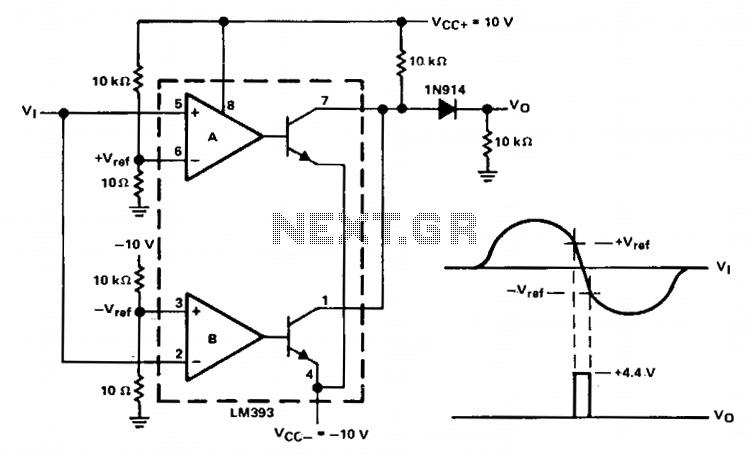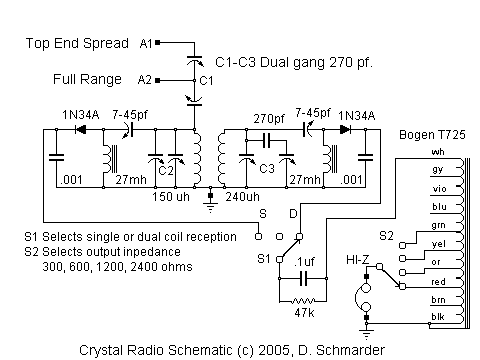
Coil Coupled Metal Detector
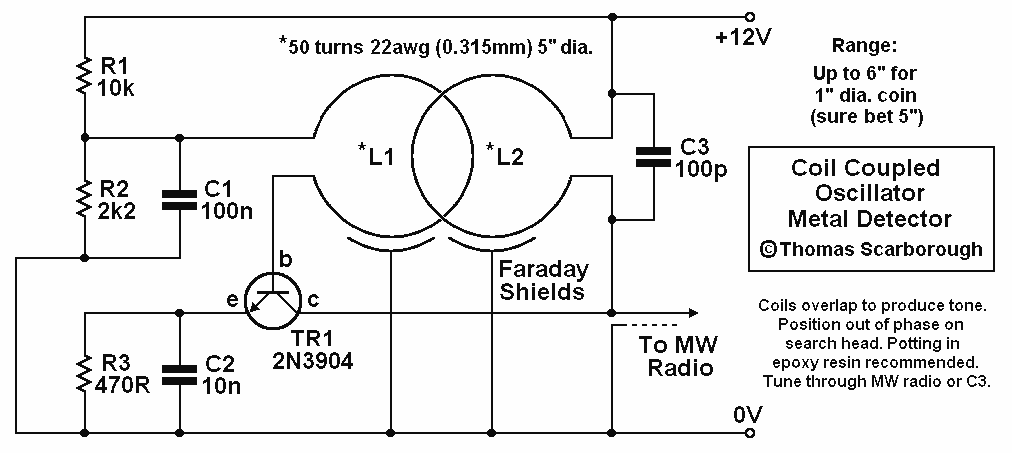
A Coil Coupled Operation Metal Detector made from readily obtainable components and using an ordinary medium receiver as a detector. The metal detector shown here may well represent a new genre. At any rate, after some exposure, it is regarded as such by those who have seen it. It is based on a standard transformer coupled oscillator (TCO) - hence the name Coil Coupled Operation (CCO) Metal Detector. Although requiring a BFO (in this case provided by a Medium Wave radio), it differs from a typical BFO detector in that its performance far outstrips that of BFO. Also, unlike BFO, it is dependent on the balance of two coils to boost sensitivity. More: It also differs from IB, in that its Rx section is an active, rather than passive, component of the oscillator. Further, unlike IB, the design does not require critical placement of the coils. As with both BFO and IB, the design provides discrimination. Experiments with different embodiments of the idea have shown that it has the potential to match the best of IB. Happy hunting!
The Coil Coupled Operation (CCO) Metal Detector is engineered around a transformer coupled oscillator (TCO), which allows for enhanced sensitivity and discrimination capabilities compared to traditional metal detectors. The design incorporates two coils that are strategically balanced to optimize performance, making it particularly effective in detecting metal objects without the need for precise coil positioning that is often required in Induction Balance (IB) designs.
The metal detector operates by utilizing a beat frequency oscillator (BFO) sourced from a medium wave radio. This integration of a readily available receiver as the detection component simplifies the overall construction while maintaining high sensitivity levels. The oscillator's active receiver section enhances the response to metallic targets, providing a significant improvement over passive designs.
The circuit typically consists of a power source, the medium wave radio, and the two coils configured to form the oscillator. The coils are connected in such a way that they create an electromagnetic field, and when a metallic object enters this field, it induces a change that is detected by the receiver. The output can then be processed to provide audio or visual feedback to the user.
Discrimination capabilities are inherent in the design, allowing the operator to differentiate between various types of metals based on their conductive properties. This feature is crucial for applications where distinguishing valuable metals from unwanted debris is necessary.
Overall, the CCO Metal Detector represents a significant advancement in metal detection technology, combining ease of assembly with high-performance characteristics, making it an appealing choice for hobbyists and professionals alike.A Coil Coupled Operation Metal Detector made from readily obtainable components and using an ordinary medium receiver as a detector. The metal detector shown here may well represent a new genre. At any rate, after some exposure, it is regarded as such by those who have seen it. It is based on a standard transformer coupled oscillator (TCO) - hence the name Coil Coupled Operation (CCO) Metal Detector.
Although requiring a BFO (in this case provided by a Medium Wave radio), it differs from a typical BFO detector in that its performance far outstrips that of BFO. Also, unlike BFO, it is dependent on the balance of two coils to boost sensitivity. It also differs from IB, in that its Rx section is an active, rather than passive, component of the oscillator. Further, unlike IB, the design does not require critical placement of the coils. As with both BFO and IB, the design provides discrimination. Experiments with different embodiments of the idea have shown that it has the potential to match the best of IB.
Happy hunting! 🔗 External reference
The Coil Coupled Operation (CCO) Metal Detector is engineered around a transformer coupled oscillator (TCO), which allows for enhanced sensitivity and discrimination capabilities compared to traditional metal detectors. The design incorporates two coils that are strategically balanced to optimize performance, making it particularly effective in detecting metal objects without the need for precise coil positioning that is often required in Induction Balance (IB) designs.
The metal detector operates by utilizing a beat frequency oscillator (BFO) sourced from a medium wave radio. This integration of a readily available receiver as the detection component simplifies the overall construction while maintaining high sensitivity levels. The oscillator's active receiver section enhances the response to metallic targets, providing a significant improvement over passive designs.
The circuit typically consists of a power source, the medium wave radio, and the two coils configured to form the oscillator. The coils are connected in such a way that they create an electromagnetic field, and when a metallic object enters this field, it induces a change that is detected by the receiver. The output can then be processed to provide audio or visual feedback to the user.
Discrimination capabilities are inherent in the design, allowing the operator to differentiate between various types of metals based on their conductive properties. This feature is crucial for applications where distinguishing valuable metals from unwanted debris is necessary.
Overall, the CCO Metal Detector represents a significant advancement in metal detection technology, combining ease of assembly with high-performance characteristics, making it an appealing choice for hobbyists and professionals alike.A Coil Coupled Operation Metal Detector made from readily obtainable components and using an ordinary medium receiver as a detector. The metal detector shown here may well represent a new genre. At any rate, after some exposure, it is regarded as such by those who have seen it. It is based on a standard transformer coupled oscillator (TCO) - hence the name Coil Coupled Operation (CCO) Metal Detector.
Although requiring a BFO (in this case provided by a Medium Wave radio), it differs from a typical BFO detector in that its performance far outstrips that of BFO. Also, unlike BFO, it is dependent on the balance of two coils to boost sensitivity. It also differs from IB, in that its Rx section is an active, rather than passive, component of the oscillator. Further, unlike IB, the design does not require critical placement of the coils. As with both BFO and IB, the design provides discrimination. Experiments with different embodiments of the idea have shown that it has the potential to match the best of IB.
Happy hunting! 🔗 External reference
Warning: include(partials/cookie-banner.php): Failed to open stream: Permission denied in /var/www/html/nextgr/view-circuit.php on line 713
Warning: include(): Failed opening 'partials/cookie-banner.php' for inclusion (include_path='.:/usr/share/php') in /var/www/html/nextgr/view-circuit.php on line 713
